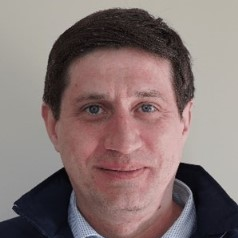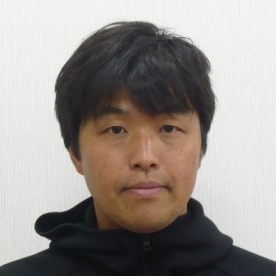Modelling of Radionuclide Transport in Surface and Ground Waters
A special issue of Water (ISSN 2073-4441). This special issue belongs to the section "Water Quality and Contamination".
Deadline for manuscript submissions: 31 July 2024 | Viewed by 3274
Special Issue Editors
Interests: modeling of radionuclide transport in natural waters; hydrology; river hydraulics; coastal hydrodynamics
Special Issues, Collections and Topics in MDPI journals
Interests: groundwater modeling; watershed modeling; tritium tracer; nutrient transport modeling
Special Issues, Collections and Topics in MDPI journals
Interests: radioactive cesium in the waters in the proximity of Fukushima Daiichi Nuclear Power Plant; effects of radionuclides in coastal waters through rivers; interaction of radionuclides between solid and liquid phases in estuaries; study of transport and migration of radionuclides in the marine environment by natural analogues
Special Issues, Collections and Topics in MDPI journals
Special Issue Information
Dear Colleagues,
The Chernobyl Nuclear Power Plant (ChNPP) and Fukushima-Daiichi Nuclear Power Plant (FDNPP) accidents caused widespread environmental pollution, including contamination of rivers, reservoirs, lakes, groundwater, aquatic biota, and coastal zones of seas and oceans. The Chernobyl accident has heavily contaminated the watersheds of the lowland rivers around and downstream of the ChNPP. The accident at the FDNPP contaminated mountain watersheds in Japan and the marine environment. Problems of groundwater radionuclide transport from terrestrial coastal areas to the marine environment and the interaction of radionuclides transported by rivers with seawater required intensive study after the FDNPP accident. After both accidents, modeling tools were intensively developed to predict the short- and long-term fate of radionuclides in surface and groundwater and to justify the effectiveness of countermeasures aimed at reducing the intensity of radionuclide fluxes in water. The danger of radioactive contamination from military operations at the two Ukrainian NPP sites has recently emphasized the need for improvement and refinement of radionuclide modelling tools for the aquatic system. It is necessary to summarize the recent modeling studies of radionuclides released into the aquatic environment as a result of accidents at nuclear facilities and the studies of the radioactivity of natural waters around the world. The Special Issue of Water calls for papers presenting recent advances in modeling radioactivity of natural waters aimed at the following topics:
- Transfer of radionuclides in the soil–water system and the effects of erosion on the washout of radionuclides from catchments.
- Fate and transport of radionuclides in rivers, hyporheic zones, oceans, lakes, reservoirs and groundwater.
- Radionuclides in the coastal zone of the seas, including studies of erosion, transportation, and deposition in the zones of interaction of sea and river waters.
- Aquatic radioecology–radioactivity of freshwaters and marine biota.
- Development of computerized decision support systems based on numerical models forecasting radionuclide fate and transport in hydro-ecological systems.
Papers dealing with the modelling of fate and transport of naturally occurring radionuclides in aquatic systems will also be welcomed.
Prof. Dr. Mark Zheleznyak
Dr. Maksym Gusyev
Dr. Hyoe Takata
Guest Editors
Manuscript Submission Information
Manuscripts should be submitted online at www.mdpi.com by registering and logging in to this website. Once you are registered, click here to go to the submission form. Manuscripts can be submitted until the deadline. All submissions that pass pre-check are peer-reviewed. Accepted papers will be published continuously in the journal (as soon as accepted) and will be listed together on the special issue website. Research articles, review articles as well as short communications are invited. For planned papers, a title and short abstract (about 100 words) can be sent to the Editorial Office for announcement on this website.
Submitted manuscripts should not have been published previously, nor be under consideration for publication elsewhere (except conference proceedings papers). All manuscripts are thoroughly refereed through a single-blind peer-review process. A guide for authors and other relevant information for submission of manuscripts is available on the Instructions for Authors page. Water is an international peer-reviewed open access semimonthly journal published by MDPI.
Please visit the Instructions for Authors page before submitting a manuscript. The Article Processing Charge (APC) for publication in this open access journal is 2600 CHF (Swiss Francs). Submitted papers should be well formatted and use good English. Authors may use MDPI's English editing service prior to publication or during author revisions.
Keywords
- modeling
- radionuclides in watersheds, rivers, reservoirs and lakes
- radioactivity of groundwater
- radioactivity of coastal areas
- ocean dynamics of radioactivity
- aquatic radioecology
- environmental consequences of nuclear accidents







